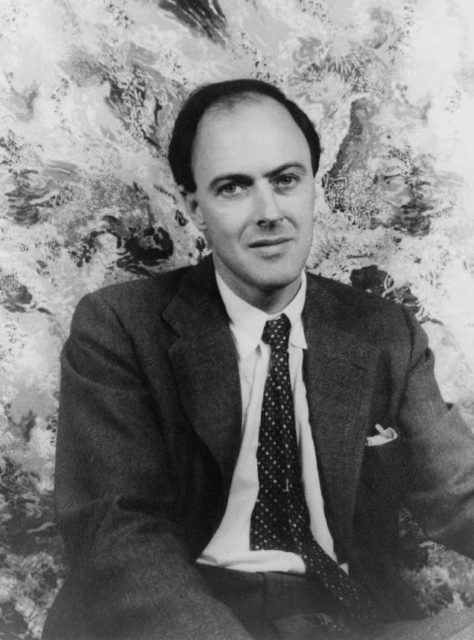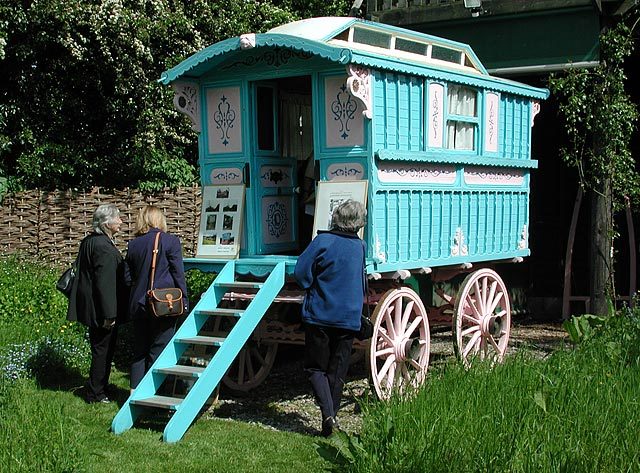Roald Dahl was one of the most prolific English writers of the 20th century. He is predominantly known as a children’s author, and with his exceptional imagination, he produced many universally acclaimed and internationally beloved works, including Charlie and the Chocolate Factory, Fantastic Mr. Fox, and Danny, the Champion of the World.
Aside from children’s books, Dahl also wrote several adult-themed novels and more than 60 short stories. His works were hugely successful and, in 2008, The Times magazine included him on the list of the greatest British writers of all time.
Before establishing himself as a popular writer in the late 1940s, Dahl had a successful career as a fighter pilot in the Royal Air Force and as an intelligence officer. During World War II, he became a flying ace and gunned down several Nazi bombers. He also miraculously survived several near-fatal plane crashes and in 1941, sustained serious injuries after crash-landing in the Libyan desert.
After he retired from flying, Dahl took up a post at the British Information Service, where he produced pro-Alliance propaganda for distribution to the United States and France. At that time, he met the acclaimed novelist C.S. Forester, who was planning to write a series of aviation anecdotes to be published as encouragement propaganda for British fighter pilots.

Dahl agreed to share some of his war stories with Forester and so he compiled a series of his journal entries which he passed on to the novelist.

Forester was amazed by Dahl’s playful use of language and the witty depth of his stories and urged Dahl to publish a story named “A Piece of Cake” under his own name. Dahl agreed, and readers across Britain were soon amused by Dahl’s insightful writing. Several major publishers immediately recognized Dahl’s literary potential, and, in 1943, he published his first children’s novel, The Gremlins. The novel became an instant classic and Dahl dedicated the rest of his life to writing.
In the 1960s, when he was already an immensely successful writer, Dahl exhibited numerous eccentricities and developed peculiar habits. For example, he was fascinated with the Roma people and obsessed with their culture. He eagerly collected numerous items connected to their way of life and dreamed of acquiring a “vardo,” a traditional Roma wagon.

Dahl managed to acquire a traditional wagon in the late 1960s. He and his then-wife Patricia Neal already named their house in Great Missenden the “Roma Cottage,” and the vardo became the supreme monument of their fascination with the Roma culture. At first, the wagon served as a playground for their children, but Dahl soon turned it into his private writing room.
Dahl was a big fan of the acclaimed writer Dylan Thomas, who died prematurely from acute alcohol poisoning. Thomas was famous for turning a derelict garage into his writing shed, so Dahl honored him by turning the Romani wagon into his own Romani-themed writing shed.
The wagon inspired him for the rest of his life. He confined himself to the wagon while writing his enormously successful novel Danny, the Champion of the World. The characters in the novel were partly inspired by Dahl’s neighbors from Great Missenden, and Dahl’s wagon also found its way into the book.

Namely, the plot of the novel revolves around a boy named Danny, and his father who reside happily together in a traditional Roma wagon.
Furthermore, Dahl’s obsession with Romani culture was commemorated in the book Memories with Food at Gipsy House. The book was written by Dahl and his second wife Felicity and published in 1991, a year after Dahl died. It explores familial memories, anecdotes, and Dahl’s favorite recipes.
